Mansi Garg and Jitendra Kumar Solutions for Chapter: Motion in One Dimension, Exercise 4: CHAPTER EXERCISE
Mansi Garg Physics Solutions for Exercise - Mansi Garg and Jitendra Kumar Solutions for Chapter: Motion in One Dimension, Exercise 4: CHAPTER EXERCISE
Attempt the practice questions on Chapter 2: Motion in One Dimension, Exercise 4: CHAPTER EXERCISE with hints and solutions to strengthen your understanding. All In One ICSE Physics solutions are prepared by Experienced Embibe Experts.
Questions from Mansi Garg and Jitendra Kumar Solutions for Chapter: Motion in One Dimension, Exercise 4: CHAPTER EXERCISE with Hints & Solutions
A circular track has a circumference of with AB as one of its diameter. A scooterist moves from A to B along a circular path with a uniform speed of . Find the expression for time taken by the scooterist in moving from A to B?
The graph given below is the distance-time graph of an object. Find expression for the speed of the object during the first second of its stationary position.
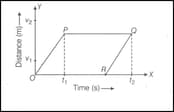
The graph given below is the distance-time graph of an object.
How long was it stationary?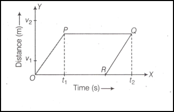
The graph given below is the distance-time graph of an object.
Does it represent a real situation? Justify your answer.
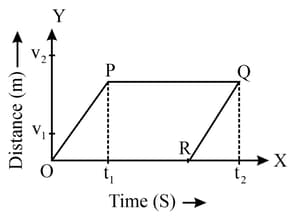
Figure shows the distance-time graph of three objects , and . Study the graph and answer the following question:
Which of the three is travelling the fastest?
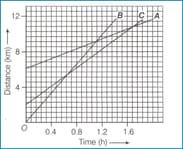
Figure shows the distance-time graph of three objects , and . Study the graph and answer the following question.
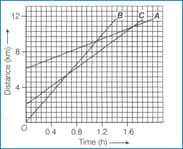
Are all three ever at the same point on the road?
Is it possible to stop a fast moving automobile instantaneously? Explain.
State velocity time relation in uniformly accelerated motion. Use graphical method to obtain this relation?
